China
New lessons for Asian retailers
New lessons for Asian retailers
Why do Indonesians and Chinese spend twice as long shopping at the supermarket than Japanese and Australians? According to research done by ad agency Grey and G2, it is because many shoppers in developing countries actually spend a lot of time researching products in-store, with two thirds of shoppers admitting to spending time comparing products before making decision to buy. These and seven other fascinating insights into Asian consumers provide an interesting roadmap for marketers in their quest to dominate in Asia. Take beauty products, typically an area where brand owners spend billions in marketing in fashion magazines to influence consumers. Yet a staggering 35 % of shoppers confess to regularly buying OTC treatments and supplements based on in-store research, and the figure for beauty products stands even higher at 38 %. And brand marketers need to take note of some key differences between Asian markets. In India, 73 % of shoppers say they know exactly which brand they want to buy before they step into a store; in Malaysia that figure is 60 % whilst in China it is the lowest in Asia at just 34 %.
The boys from Brazil
As far as cultures go, Singapore and Brazil couldn’t be further apart. But when it comes to business, Singapore’s offshore and marine companies are putting on their samba shoes and learning to tango like it’s Carnivale. And the reason is oil and gas off the coast of Brazil - and lots of it, all of which requires the kind of drill rigs that companies like Keppel and Sembcorp are famous for.
HSBC helps Air China complete ECA-backed aircraft financing
Lender's experience in overseas markets gave it edge to help carrier obtain guarantees from 3 ECAs.
MEC appoints Henderson as Director of Geology
Henderson, who has 38 years of experience in Geology, will take over the place of Mr Frank Witzel, who retired in June.
Don't panic but it sure ain't pretty warns HSBC on China
Analysts say economic numbers and third quarter growth may turn out to be the weakest this year, but it's not as nasty as we think.
Microfinance in China
Providing banking and other financial services to the poor has always presented particular challenges. By definition, people with little or no money lack all but the most basic financial resources and economic influence. Their exclusion from the financial system means they have no credit history and no basis for participating in modern financial transactions. Poverty means they have little if any collateral to underpin lending. In large areas of the world, poor people also live in remote rural regions without access to the infrastructure of modern commerce and communications. This inability to benefit from financial services plays a large part in preventing the poor from making even modest improvements in their lives, and helps to trap them in poverty. More than 1 billion of the world’s population subsist on less than US$1a day.
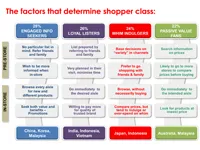
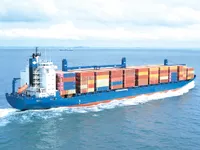




 Advertise
Advertise

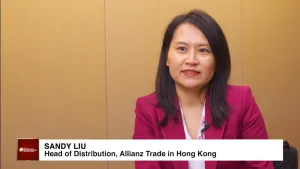
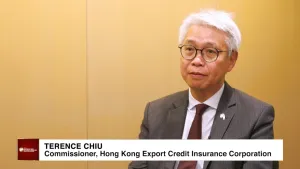

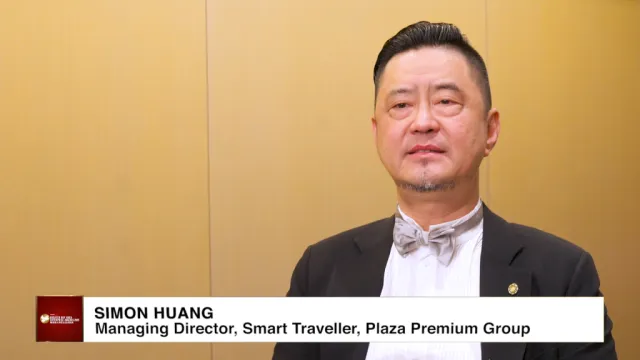
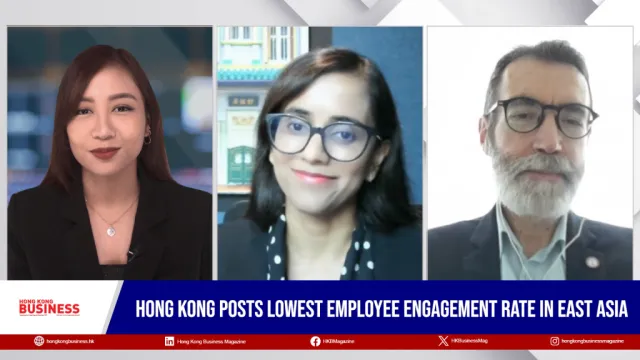
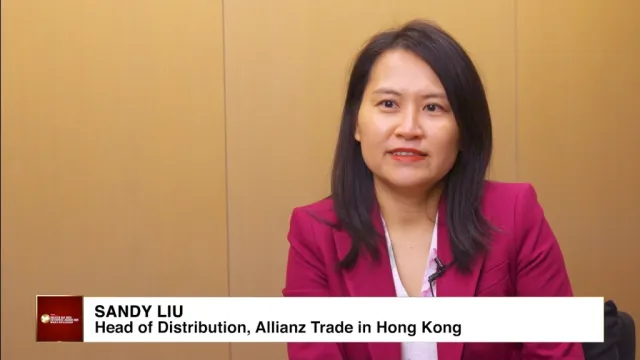
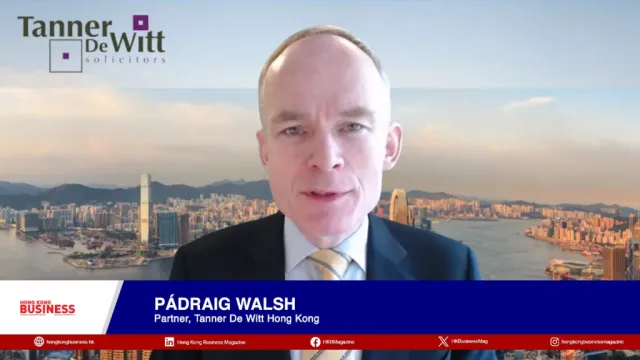







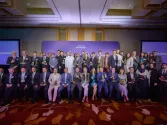
Commentary
Five top tips for commercial space leasing for startups and SMEs
What makes SASE a key asset for banks in Hong Kong
Scoring an advertising touchdown: Super Bowl 2025 marketing lessons for Hong Kong events